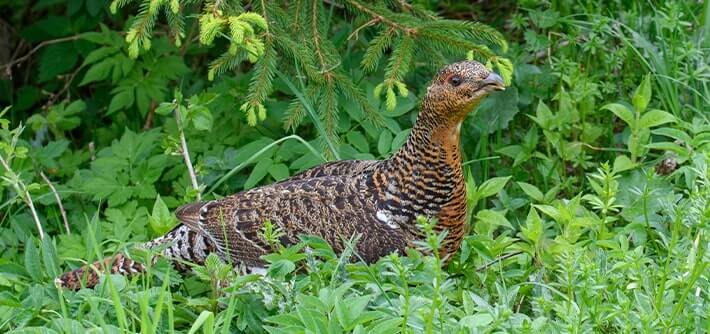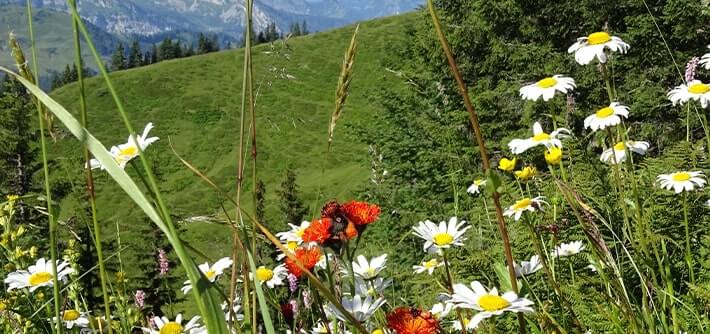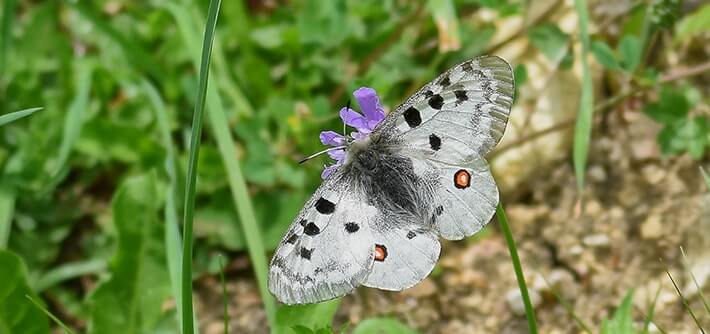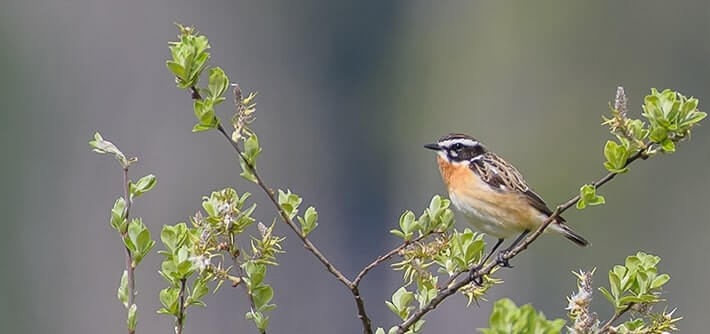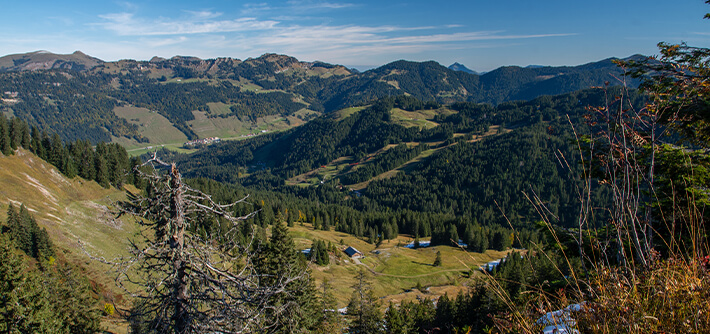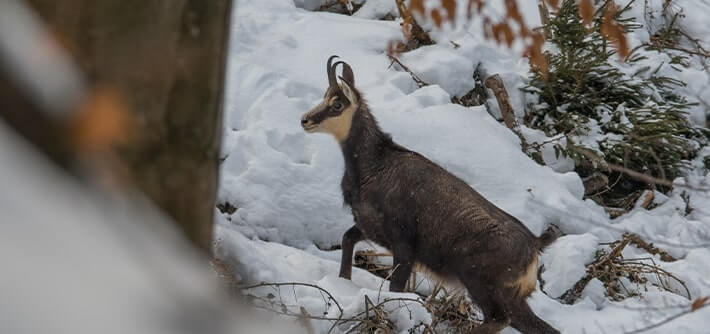Nationalparks
National parks should ensure that natural processes in their natural dynamics are as undisturbed as possible in the majority of their area. In addition, they are to serve the scientific observation of the environment, natural history education and the experience of nature by the population. As a rule, they are subdivided into a core zone, a development zone and (in part) a recreation zone.
Natura 2000
The Fauna-Flora-Habitat or Habitats Directive (FFH areas), together with the Birds Directive (SPA areas), forms the European nature conservation project "NATURA 2000". It protects species within the EU in a cross-border network of biotopes and is thus intended to preserve biological diversity in the long term. Essential components of both directives are annexes in which species and habitats to be protected as well as individual procedural steps are named and regulated. In the Bavarian Nature Conservation Act these European requirements have been implemented in state law since 01.09.1998.
Nature parks
Nature parks in the Oberallgäu serve the environmentally compatible experience of nature and leisure use. In contrast to national parks, nature parks such as the Nagelfluhkette Nature Park are planned, structured, developed and further developed in order to protect and sustainably preserve the habitats of plants and animals..
Nature reserves
As core areas of nature conservation, nature reserves serve the special protection of nature and landscape, in particular for the preservation, development or restoration of biotopes or biotic communities of certain wild animal and plant species. Biotic resource protection is at the heart of the conservation concept. Nature reserves, together with national parks, are the most strictly protected areas under nature conservation law.
FOREST WILDLIFE SANCTUARIES
Forest-wildlife protected areas are based on voluntariness. They were defined by the German Alpine Club as part of the project "Ski mountaineering environmentally friendly" together with area experts on site.
By designating forest-wildlife sanctuaries in the Oberallgäu and other protection zones areas are defined where the needs of the animals have priority.
Ski touring, snowshoeing and winter hiking are not compatible with nature there.
These are mostly particularly sensitive areas and areas where disturbance of wildlife is not without consequences for the animals.
WILDLIFE SANCTUARIES
Areas that are of particular importance for the protection and preservation of wildlife species, for the prevention of wildlife damage or for wildlife research may be declared wildlife sanctuaries. This applies in particular to areas where game prefer to stay for breeding, settling or resting, and to areas where it must be fed.
In wildlife protection areas, access to areas and non-public paths may be temporarily prohibited or restricted, in particular during the breeding, rearing and moulting periods, insofar as this is required for the purpose of protection.
Habitats
The enormous diversity and structural richness of the Oberallgäu creates a variety of habitats.
Plants
Flowering meadows, another reason why the Oberallgäu is so popular. Here you can always discover new plants.
Protected areas
Protected areas enable the preservation of our colorful flora and fauna in the Oberallgäu. Here you can learn more about the protected areas.
